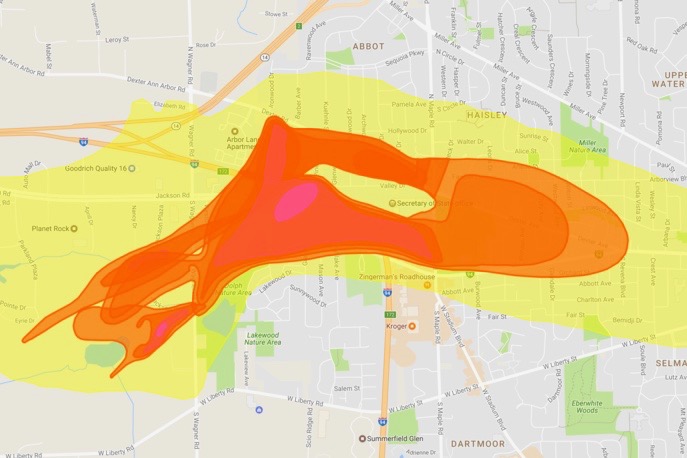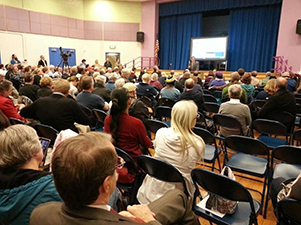/ Briefing
Dioxane Plume Pollution
What should be done and by whom?
Decades ago, Gelman Sciences, a company on the edge of Ann Arbor, severely contaminated an aquifer beneath the city with a carcinogenic chemical, 1,4-dioxane. Since then, a chemical plume has continued to migrate through the city and county, contaminating local lakes and private drinking water wells. In the present, the state's consent decree that determines how the plume will be managed is showing signs that it may not adequately protect wildlife and citizens.
This case study explores the question of whether the Ann Arbor city council should seek Superfund status for the Gelman site. To some, the federal, state and local response to the ecological and public health risks has been disappointing. Local advocacy has challenged authorities to resolve the issue. Some say designating the site as one of the nation’s worst (i.e., a Superfund site) could force a better cleanup, while others fear that labeling Ann Arbor as a toxic site could bring negative consequences such as decreased property values.
A Slow-Motion Environmental Disaster
The plume of dioxane-contaminated water spreading beneath Ann Arbor has been called a "slow-motion environmental disaster." In this podcast we follow the way in which public outreach and community participation have shaped this issue over the years, from its discovery in 1984 by Dan Bicknell (a University of Michigan student out for a swim) to the present-day debate over whether to pursue Superfund status.
Barbara Lucas, who has produced a 25-part series on the plume for The Green Room on WEMU, reflects on the challenge of reporting on a dense legal and bureaucratic issue for a public that wants to know if its water is safe.
Matthew Naud shares his perspective from a career of dealing with the plume as Environmental Coordinator for the City of Ann Arbor, where he has seen public concern with the plume wax and wane over the years.
Detlef Knappe, a Professor at North Carolina State University, helps us untangle the mess of dioxane levels and what they mean for human health. He studies dioxane contamination in North Carolina, where surface water contamination has so far been easier to deal with.
Perspectives
More Resources
- Gelman Plume Coverage (MLive.com)
- The Green Room: Dioxane in Ann Arbor (WEMU)
- Dioxane Coverage (Michigan Radio)
- History of the Pall-Gelman Dioxane Groundwater Contamination Cleanup (Ann Arbor District Library)

